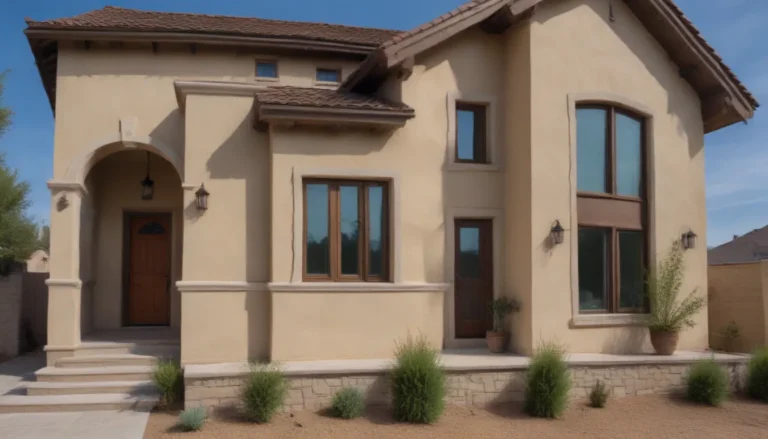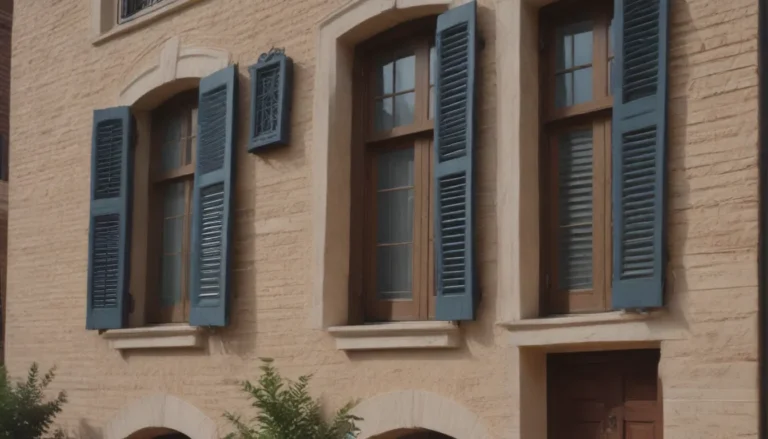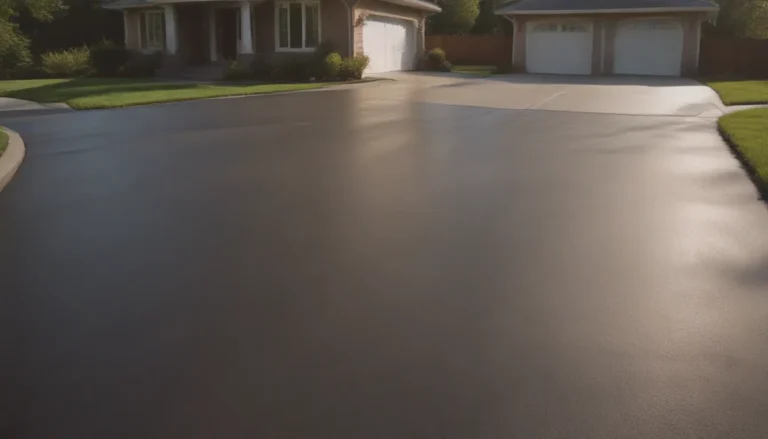Understanding Engineered Wood Flooring Gaps: Causes and Solutions

If you’ve invested in engineered wood flooring for your home, you may be wondering why you’re seeing gaps between the planks. Engineered wood flooring is designed to be more stable than solid hardwood, but gaps can still occur due to various factors. In this comprehensive guide, we’ll delve into the reasons behind engineered wood flooring gaps and provide you with valuable tips and solutions to address this common issue.
Why Do Engineered Wood Flooring Gaps Happen?
1. Humidity
One of the primary reasons for gaps in engineered wood flooring is humidity. Wood naturally expands and contracts with changes in humidity levels. Factors such as high humidity causing swelling and low humidity leading to shrinkage can contribute to gaps between the planks. Unlike solid hardwood flooring, where moisture-related issues primarily occur across the grain, engineered flooring is more dimensionally stable due to its plywood core. However, fluctuations in humidity can still impact the wood’s movement and potentially result in gaps.
Tip: To minimize the impact of humidity on engineered wood flooring, maintain ideal humidity levels in your home year-round. Use an air conditioner to reduce humidity in the summer and a humidifier to increase humidity in the winter. Promptly clean up any water spills to prevent water from seeping into the joints between the floorboards.
2. Installation
Proper installation is crucial to prevent gaps in engineered wood flooring. Whether you’re nailing down, gluing down, or floating the floor, ensuring a tight fit between the boards during installation is essential. Gaps that occur during the initial installation may become permanent, especially with glue-down floors. DIYers opting for a floating floor installation must cut the boards to the correct size and click them together securely to avoid gaps.
Tip: Before installing engineered wood flooring, acclimate the material in the room where it will be installed for several days. This allows the wood to adjust to the room’s ambient humidity and temperature, reducing the potential for movement after installation.
3. Material Flaws
Although engineered wood flooring is designed to minimize the impact of natural flaws in wood, imperfections can still exist. While gap-related flaws are rare in engineered wood flooring, it’s essential to inspect each board for straightness and quality before installation. Boards that do not fit together properly can lead to gaps between the planks.
Tip: If you notice a gap while installing engineered wood flooring due to material flaws, try to find a better-fitting board from the batch. If necessary, replace the flawed board or use a color-matched wood filler to fill the gap.
Solutions for Addressing Engineered Wood Flooring Gaps
– Maintain Ideal Humidity Levels
Regularly monitor and control the humidity levels in your home to minimize the impact of wood movement on engineered flooring. By regulating humidity, you can prevent gaps from forming due to swelling or shrinkage of the wood.
– Proper Installation Techniques
Follow manufacturer guidelines and best practices for installing engineered wood flooring to ensure a tight fit between the boards. Whether nailing down, gluing down, or floating the floor, proper installation techniques can help prevent gaps from occurring.
– Inspect and Select Quality Boards
Before installation, carefully inspect each board for flaws and ensure that they fit together seamlessly. By selecting high-quality boards without imperfections, you can reduce the likelihood of gaps in your engineered wood flooring.
– Use Wood Fillers for Gap Repairs
In cases where small gaps appear between the planks, consider using a wood filler made from sawdust and resin to fill the spaces. This method can help disguise the gaps and maintain the overall aesthetic of your flooring.
Final Thoughts
Engineered wood flooring offers a beautiful and durable flooring option for your home. By understanding the reasons behind gaps in engineered wood flooring and implementing the recommended solutions, you can maintain the integrity and appearance of your floors for years to come. Remember to prioritize proper installation, regulate humidity levels, and address any material flaws to prevent and address gaps effectively. With these tips in mind, you can enjoy the beauty and functionality of your engineered wood flooring without worrying about unsightly gaps.





